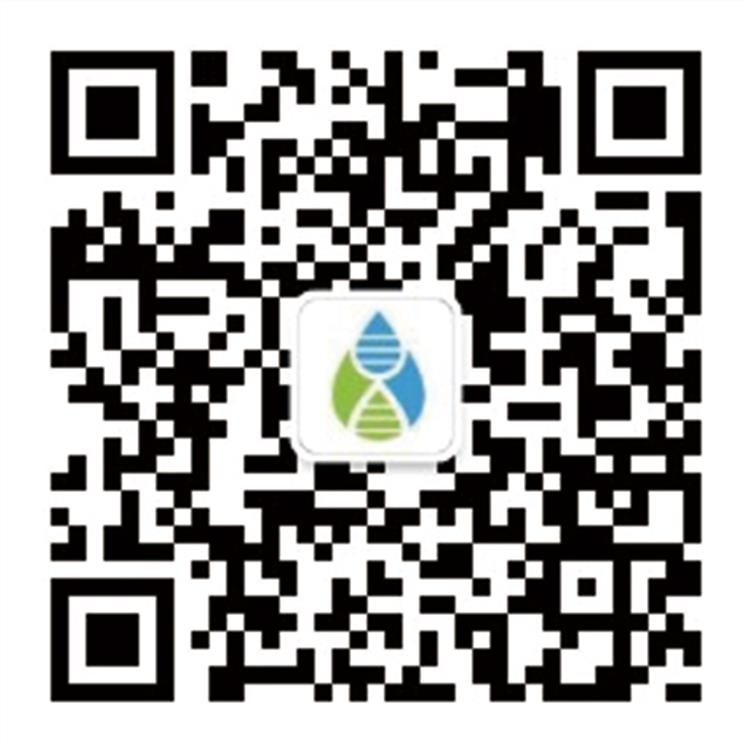When it comes to new energy vehicles, one can think of "lithium batteries". But few people knows where lithium comes from. In fact, over 70% of global lithium is extracted from mineral rich salt lakes. Due to the long-term difficulties in breaking through the technology of extracting lithium, China has had to rely on imports for a long time.
Wang Lei's team from the School of Environment and Municipal Engineering of XUAT anchored the national demand, explored the way out through independent innovation, and went from Xi'an, Shaanxi to Lenghu, Golmud, Qaidam and other places in Qinghai to industrialize the core technology of independent innovation, reducing the cost of lithium extraction from more than 30,000 yuan/ton to less than 15,000 yuan/ton, and being more environmentally friendly, greatly reducing China's dependence on imported lithium resources.
Rooted in “No-man’s Land” to challenge impossibilities
In 2021, the new energy vehicle market grow explosively, and Lithium carbonate, the main raw material of automotive lithium batteries, become a barrier to development. As early as 2016, in the "National Mineral Resources Plan (2016-2020)" released by Chinese Government , lithium was included in the "National Strategic Minerals" directory. To handle lithium is to take control of the strategic "lifeline" in one's own hands.
"The cost of lithium extraction from salt lake brine is relatively low, and industrial grade Lithium carbonate can be directly obtained, which can be converted into deeply processed lithium products after purification." Wang Lei said, and the technology of "extracting lithium from salt lake" is very critical to vigorously develop China's lithium resources.
The practical location of the "salt lake lithium extraction" technology mentioned by Wang Lei is located in Lenghu, Golmud, and other places in Qinghai. But these areas have extremely low lithium content and poor quality in lake water, and few people were willing to invest here in the past, making them "No-man’s Land" for extracting lithium from salt lakes.
The lithium ion content in the salt lakes here is only 0.06 grams/liter, which is already the lowest in the world and has poor natural endowment, making extraction extremely difficult, Wang Lei said. Despite poor resource conditions, they still chose to enter this "No-man’s Land" and crush the hardest nut. Not only do they believe in excellent independent research and development technology, but more importantly, they need to collect as many lithium resources as possible for the country.
In September 2017, Wang Lei led his team to build the first pilot station in Lenghu. In December of the same year, the pilot production line was successfully put into operation, which reduced the cost of extracting Lithium carbonate by more than half with the traditional method. Its economy and environmental protection reached the world advanced level, providing a strong technical guarantee for the development of valuable precious metals in China.
After several years of development, the production line with an annual output of thousands of tons is currently producing precious lithium resources to our country.
Using “Membrane Separation Technology” To Crack The Hard Nut Of Lithium Extraction
Why can Wang Lei have such confidence and dare to challenge the unpopular salt lake in Qinghai for lithium extraction? The key lies in the Solid-Phase Ion Binding Material independently developed by him and his team, with membrane separation technology as the core.
“This new material can be made into a thin membrane, just like a layer of filter screen. During the lithium extraction process, lithium ions are adsorbed on the filter screen to filter out other impurities", introduced by Wang Lei.
No one could have imagined that this core technology was first developed for purifying sewage. In 2016, Wang Lei's team's series of technological innovation achievements centered on membrane separation technology were widely applied in municipal and industrial water treatment in Ningxia, Gansu, and other provinces, with a production value of over 300 million yuan.
“We have to achieve breakthroughs in original innovation.” Wang Lei has always insisted on that. Graduated from the major of Water Supply and Drainage Engineering, he is skilled in reversed thinking - "Purifying wastewater is to remove mineral pollutants and preserve water resources. So, on the other hand, can we extract precious metals from water?" This is the starting point of the idea of using Solid Phase Ion Binding Materials for lithium extraction.
Afterwards, with the help of independently developed Solid-Phase Ion Binding Technology and adhering to the concept of "One Lake, One Material, One Lake, One Process", they developed an "Efficient Adsorption + Desorption + Lithium Precipitation" distributed green brine lithium extraction process. Through the adsorption and desorption of salt lake brine, a lithium precipitation solution suitable for new energy vehicle batteries was obtained in one step, and then lithium precipitation was obtained to obtain relevant products.
“An original innovative technology, it is, which solves the problems of low efficiency, low stability, and pollution in the selection and separation of magnesium and lithium in the past. It overcomes the problem of extracting lithium from low concentration and ultra-high magnesium lithium ratio brine and achieving battery level products in one go, "said Wang Lei.
Bridging the Innovation Chain and Industrial Chain
The winter in Qinghai region is extremely cold with temperatures below -20 degrees Celsius. "At first, we were living in one room with five people, and the conditions were very difficult then. we only returned in the early morning and braved the severe cold to return to the workshop at three or four o'clock”, recalled by Cui Zheng, a team member and the head of the production project in the Qaidam region.
The harsh environment did not stop the pace of innovation, and with only few years’ development, Wang Lei's team realized the leaping from original innovation to industrialization lies in the deep integration mode of innovation chains and industry chains of "Research Institute+Company+Seed Fund". In Wang Lei's view, the previous stages of theoretical verification, pilot testing, funding, and marketization were relatively independent and required coordination back and forth, with high uncertainty. No matter which stage went wrong, it could lead to marketization failure, which is also the most difficult part of the transformation from innovation chain to industrial chain. After repeated exploration, they successfully got through these links.
In 2017, under the support of the Department of Science and Technology of Shaanxi, Wang Lei's team established the Shaanxi Membrane Separation Technology Research Institute to conduct basic research and technological development around membrane separation science and technology, providing a common technology platform for industrialization. Based on the Platform, the innovative enterprise and Seed Fund controlled by the team, focusing on R&D of high-performance ultrafiltration, microfiltration, nanofiltration, forward osmosis and other membrane separation products and equipment were set up, forming a new model of whole industry chain transformation of "Basic Research - Application And Development - Achievement Transformation - Enterprise Incubation - Capital Operation".
"This model has pushed the basic research platform, scientific research base and achievement transformation onto the fast track, and has crossed the ‘Death Valley’ from basic research to technological innovation." Based on that, they have incubated more than 10 high-tech enterprises in three major fields of energy conservation and environmental protection, new energy and new materials, and medical equipment, applied for more than 80 patents, and authorized more than 40 patents, more than 30 of which have realized transformation production, with Patent conversion value of nearly 100 million yuan.
The innovation chain drives the industrial chain, and the industrial chain feeds back the innovation chain. More talents are rapidly growing, and the incubated enterprises are not only production bases, but also practical bases, and deep research and development bases. In this chain, the team has cultivated nearly 200 innovative talents with master's and doctoral degrees, forming a complete talent system for basic research, technological development, engineering applications, management, and other fields. They have published over 70 high-level papers in international and domestic journals such as Nature Communications, as well as 7 works such as "Evaluation Methods for Structural Parameters and Microscopic Effects of Water Treatment Membrane Pollution".
We will continue to face the forefront of science and technology in the world, to take the economy as main battlefield, to cater the major national needs and people's life and health, constantly marching towards the breadth and depth of science and technology. We will continue to focus on membrane separation technology, accelerate the transformation of scientific research achievements and serve the economy and society with core and key technologies.

 Chinese
Chinese English
English





